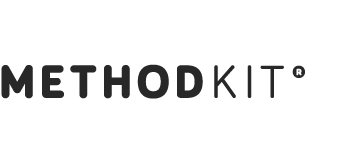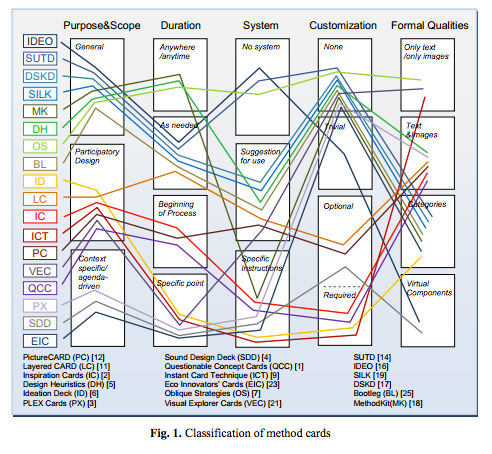The last years cards have been an ever recurring components in our lives. Before, analogue cards something seen as play but through advances in the digital world, cards have become a way to show and present information. Facebook & Twitter present the information in their feeds with cards as the information carrier. Notifications on smart phones is another example.
This is a collection on some of the research I’ve done to scout the field of cards around MethodKit. Analogue workspaces are boring. They often consist of whiteboards, flip-charts and post-its. Cards have the possibility to transform analogue work and meetings in both structured and creative ways.
I think that we will have a a more diverse view on cards in a few years, something that would mean that the decks would be judged by it’s content. Most decks got nothing more in common than the format. When you buy a book, people would ask: What book did you buy? Who authored it? What is it about? Is it good? Would I like it? You should ask those questions for card decks too.
Send a tweet if something is missing and we add it. All cards are available as physical cards, but some cards on the site are based on the digital originals.
/Ola (@olamoller), Founder & Designer, MethodKit
Updated: October 26
PART 1. ANALOGUE CASE STUDIES
Type 0. The Classics
Poker and tarot has long been two very classic cards types. I’m not going to focus too much on card games, but instead of cards that are used for creative work. Still, these games gave us much of the background/context to cards today.
Example. Poker (1567-)
  |
Example. Rider-Waite Tarot Deck (1910-)
  |
|---|
Type 1. Index cards
Example 1. Recipe cards
Index cards contain a lot of information. I normally call them “book on cards“. The first common use for these kind of cards (Index cards) were cooking receipt cards. Below is a swedish recipe card from 1972, bacon wrapped minced meat pucks on mashed potatoes. My mother had a whole box at home. This was before the olive oil ‘came’ for sure.


Example 2. IDEO Method Cards (2003-)
Many people think of IDEO’s Method Cards when they think about cards in a creative work setting. Index cards are the hardest to use in a workshop setting, in my opinion. They are more like books without binding. The cards got a description of a creative method on each. They are foremost useful for talking about what workshop exercises to use. More about the deck.


THE FRONT
- Categories: To clarify and get easy access to the concept.
- Name of method: To describe the concept or aspect.
- Description of how to make the exercise.
- Description of why it is important.
- Example: To further aid and guide.
Example 3. Drivers of Change (2006-)
Made by Arup design firm. The cards contain a lotof information, it’s quite messy in my opinion. Every inch is used. Similar to cooking reciept cards they contain quite alot of information. It’s hard to use the in workshops as people get overloaded with information, the serve well as a cartotec or a knowledge bank to go back to. More about the decks.


THE FRONT
|
THE BACK
|
|---|
– Silk Method Deck Cards with a description of a method on each.
– Gamestorming is similar to the above but an index book on creative methods. Digital version
– inSights 60 hands-on principles in web design.
– Service Design Toolkit
– Cooper Method Cards
– 75 Tools for Creative Thinking
– Ideadeck / Ideapakka
– NOVA. Norm critical innovation, developed with the help from Vinnova (Swedish)
– Facebook Marketing Insights cards.
Type 2. Framework cards
These decks presents the DNA of a field with each perspective or thing as a card. The cards are often reminders or discussion openers. The cards become representations of what needs to be done. Framework cards are good for aligning groups around a project or eg. defining in which order things should be done, how important each part is or if something was forgotten.
We wrote a post about how to think when designing this type of deck in this post: DNA of Disciplines.
Example 1A. MethodKit for […] cards (2012-)
The MethodKit for […] decks are different decks summarizing and giving overview over different fields, each kit contains 50 something cards. There are 17 different decks. For example how to plan a project or rebuild a kitchen. From areas like public health to urban planning. The card below are from MethodKit for Product Development.
My thoughts around the design was to declutter. My reference points at the time was Arup’s Drivers for Change and IDEO’s cards. I wanted something that made the job effectively with not too much fluff. As little information as possible but still cards that were visually distinguishable.
This is a card from the MethodKit for Projects deck:

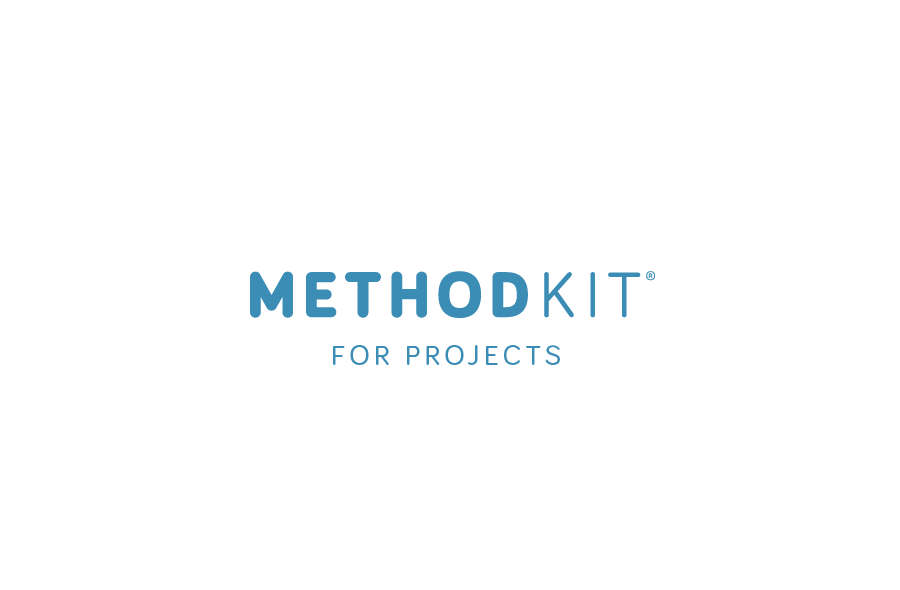
THE FRONT
|
THE BACK
|
|---|
More about why we designed them in this way: The thoughts behind MethodKit.
Example 1B. MethodKit for Product Development cards (2016)
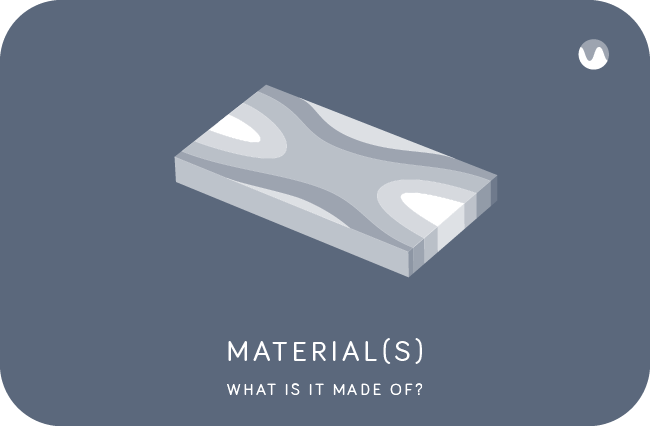
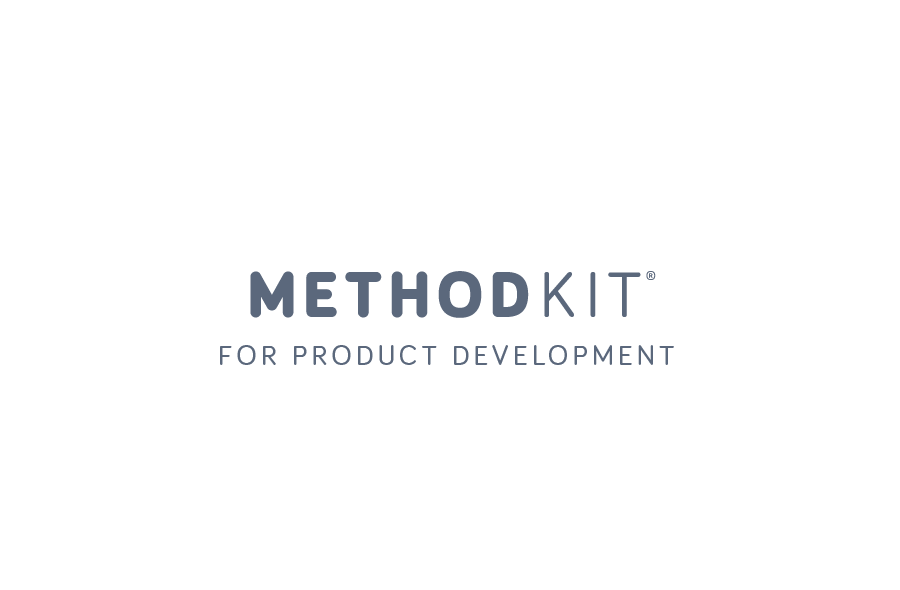
A new feature introduced for the MethodKit for Product Development (only), is mini-icons (top-right corner) indicating cards only relevant to a specific branch of product development.
- Cards with no symbol: Applicable in all forms of product development
- Cards with Round wave symbol: For analogue products
- Cards with Square data symbol: For digital products
- All cards together: For digital hardware products
Example 2. Sound Design in Games cards (2011)
The deck is meant to “empowerment of small game developers to integrate sound design explorations in their projects, namely through the observation, resynthesis and translation of expert knowledge in to a format that might be relevant to non-experts practitioners.” More about the deck.


THE FRONT
|
THE BACK
|
|---|
– Sound in Games, also contain some elements of strategy cards.
– WeddingKit. Wedding-planner-in-a-box. Deck of cards with all the things you need to plan your wedding.
– Social Media Planner, running at Kickstarter at the moment.
– Cards belonging to Business Innovation by Design.
MethodKit (that’s us!)
— MethodKit for Projects (Available in 8 languages)
— MethodKit for Personal Development
— MethodKit for Startups
— MethodKit for App Development
— MethodKit for Web Development
— MethodKit for Gender Equality
— MethodKit for Sustainable Development
— MethodKit For Marketing & PR
— MethodKit for Workshop Planning (Available as CC)
— MethodKit for Architecture & Public Space
— MethodKit for Cities
— MethodKit for Equal Places (standalone expansion)
— MethodKit for Kitchen Design
— MethodKit for Bathroom Design
– Cards for culture, Museum edition
– JTBD Cards, Jobs to be done cards. By Hyper Island co-founder Jonathan Briggs.
– Meeting Design Game by Ann Hansen & Bo Krüger.
Type 3. Libraries Cards (Index+Framework Hybrid)
Libraries cards describe parts. (Could be ingredients, trends or tech component). Checklist cards are different because they describe the parts of the process. Combining the parts in different ways could spark new ideas or add new dimensions to already existing ideas. Index+framework cards are well suited for idea generation.
Example. MethodKit with […] cards (2013-)
We made 6 decks to provide the basic bits and pieces for idea development. There are kits on trends, business models, tech components, personas, human needs and locations. More about how to combine Index+framework cards in our post about Hackathons.


Example. Energy Drumpfs (2013-)
The deck is a collection of different materials. The idea with the cards is to be able to “…compare materials and use our stock material supplies in more intelligent ways”.


THE FRONT
|
THE BACK
|
|---|
– Know Cards (Outputs, inputs, APIs)
– Drivers of Change (key issues affecting the future of the built environment)
– Brand Deck
– BMI Pattern Cards Business Model Overview
– Playify. The pocket-sized gamification toolkit
– Energy Drumpfs. List of Materials
– Thinkcube
MethodKit (That’s us!)
– MethodKit with Trends (trend reports made into 100 cards)
– MethodKit with Tech Building Blocks (Sensors, devices, APIs, components).
– MethodKit with Human Needs (primary and secondary needs)
– MethodKit with Personas
– MethodKit with Business Models
– MethodKit with Locations
– MethodKit with Selection Criteria
– Values, 58 ideas we live by (similar to the deck above)
– Stormdeck. Beautiful well-designed deck with 5 different card types: styles, messages, colors, texture & fonts. Meant for ideation and for coming up with design concepts. (July 30, 2015)
– Pitchdeck game by Made by many. Cards with names of 50 startups combined with 200 random subjects (January 23, 2016)
– Designercise Ideation Toolkit. A gamified version of Index-Checklist Hybrid cards. Love the wheels! (August 31, 2015)
– Design Play Cards.
– Rippple game. Board + cards on issues & personas.
– IoT Service Kit.
Type 4. Strategy Cards
Cards trigger and help you with tips and strategies how to think. Strategic cards summarize a field from a more strategical point of view than checklist cards. Some of the deck are more hands on strategic and some take a philosophic standpoint.
Example 1. Oblique Strategies (1975-)
Brian Eno’s classic deck called Oblique strategies (Over One Hundred Worthwhile Dilemmas) containing around 100 thought strategies. It’s minimalistic take on cards became a reference point for others. More about it.


Example 2. Triggers (2016)
Triggers are strongly text focused cards and similar to Oblique Strategies. They ask What if.. questions letting you consider scenarios you might not had considered otherwise. More about the deck.


Example 3. The Oracle for Projects (2016)
We trying out a slightly different take on MethodKit for Projects with The Oracle Card series. The kit contains a set important questions. They are more personal & philosophic than framework kits (that are meant to provide the full overview). The Oracle always asks questions (and sometimes mumbles). More about the deck.


– Constraints, Cards for Web Design. Got 12.2k of 9.5k£ asked for through Kickstarter.
– Sun Tzu. Art of War Cards – Mental Notes
– Design with Intent Toolkit
– Zynga’s Game Dynamics Playdeck
– Group Works Deck – Cognitive Bias Cards
– BIAS, Cognitive Biases
– Creative Wack Pack
– Human Drives
– The Art of Game Design
– Game Seeds. Illustrations here.
– Surviving Design Projects
– A3 Thinker
– ThinkPak (2006)
– City design method cards. Cards with different strategies on how to make the city better
– Graphic Design Deck, also includes elements from the classic playing cards.
– unMonastery-in-a-box. A mix of Strategy & Index cards in how to start an unMonastery, Similar to hackerspaces. CC.
– Cards for Mindfulness
Type 5. Grid cards
These cards are good for designing grids and scales. They can help you sort ideas or concept (on eg. post-its) according to different values to better assess ideas.
Example. MethodKit with Selection Criteria (2013)


Type 6. Visual inspiration cards
Example. Intùiti (2015)


– Intùiti, Abstract inspiration cards, Got 38.2k of 10k£ asked for through Kickstarter. Personally found them hard to apply in practical work.
– Explore/Cardazine. A classic stack of playing cards with beautiful illustration of cities.
Type 7. Empty cards
Empty cards are cards too. They’re just a bit different and plays a different roles.
Example 1. Post-its (1977)
Post-its are not really a card but in many ways it’s an object that can be moved around due to the glue.
Example 2. Stattys (2011)
Stattys are made from plastic and stick to walls with the help of electric charging.
Example 3. Artefact cards (2012)
The cards got strong colors to be used as objects in workshops or brainwriting sessions.
Example 4. Whiteboard cards (2016)
Cards with pastel colors. Notes made with whiteboard markers are erasable.
Other articles & thoughts around cards.
“A card deck is a way of databasing relatively small quantities information in a printed format, such that it can be handled and sorted in multi-dimensional physical ways, and considered by human minds accordingly. //…// But by breaking text into smaller chunks by printing it on physical cards, we can more easily violate the categories of information, while not breaking the rules of language or intelligible thought. This allows our brains’ creativity to come in and repair the categories in an ad hoc manner, or manipulate them according to predetermined rules. We might call this the “play” of the cards–how they fall in order in a deck, in one’s hand, or on the table, and the relations between the cards.”
– A quote from Open Card Deck Standard.
– Deckaholic. A site dedicated to decks of cards.
– Quora threads on interesting playdecks & framework/toolkits.
– Resources for Game Inventors and Designers
– Entanglement (P/M), Memetic Strategies. PDF
– Brendan Dawes (Interaction designer): Notes on Design
– IXD research on method cards
